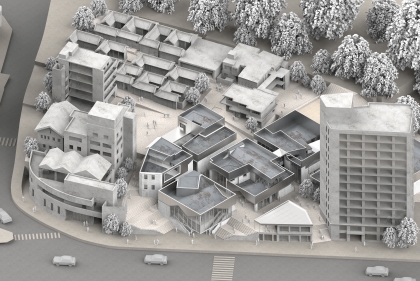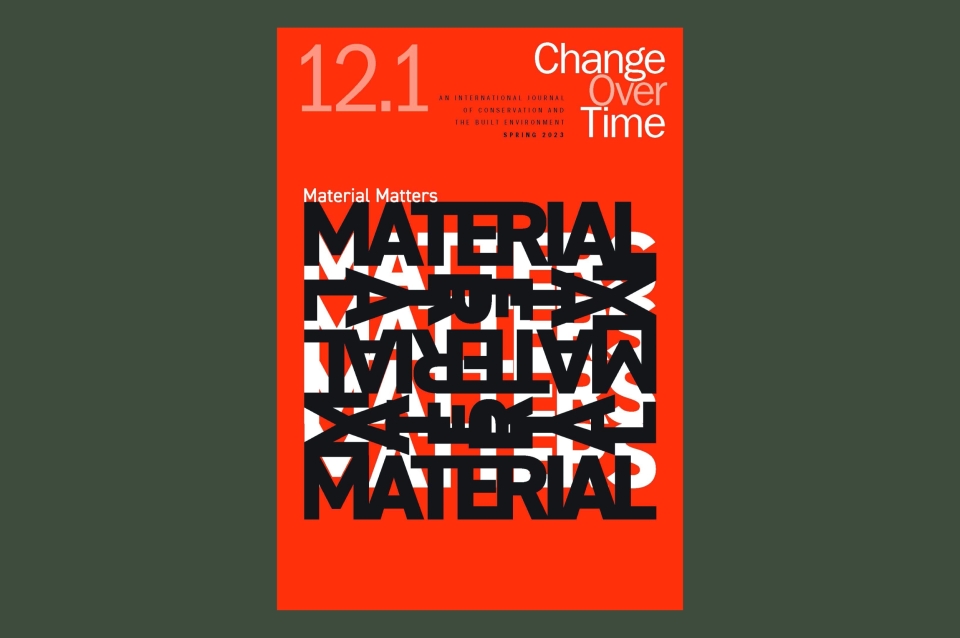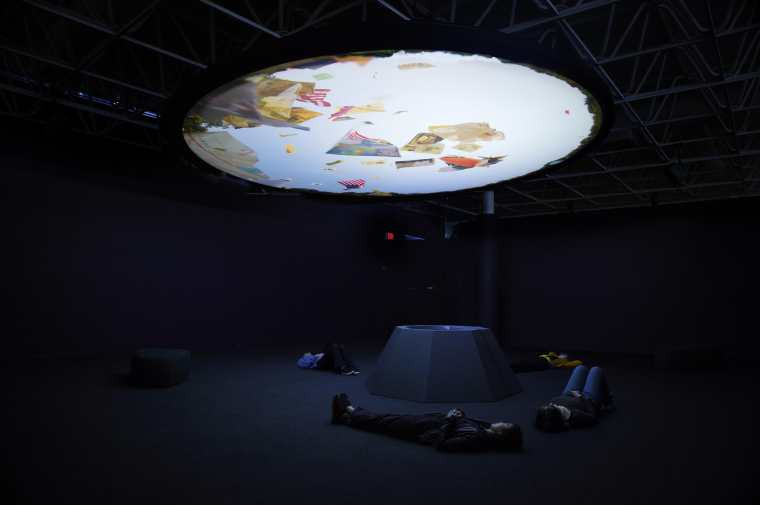August 29, 2024
Stuart Weitzman School of Design
102 Meyerson Hall
210 South 34th Street
Philadelphia, PA 19104
Get the latest Weitzman news in your Inbox
Tags
Media Contact
Michael Grant
mrgrant@design.upenn.edu
215.898.2539
Change Over Time is a semiannual, peer-reviewed journal of the history, theory, and praxis of conservation and the built environment. Published by the University of Pennsylvania Press, the journal is edited by Gonick Family Professor Frank Matero and Lecturer Kecia Fong, both of the Department of Historic Preservation.
The latest issue, 12.1 Materials Matter, addresses the importance of materials in the built beyond their utilitarian function in defining built heritage. Essays include a close look at how concrete has been central to late modern academic architecture, as well as case studies from Nepal, Norway, and Spain.
In his essay introducing the issue, excerpted here, Matero argues that a careful and broad examination of the materials of the built environment “can reveal a hidden world of economic and social status, locality (regionalism), cultural identity, gender, and power relations.”
It’s a material world. The paper or digital issue you are now reading is only possible through the complex assemblage of raw materials that have been grown, extracted, or synthesized, fabricated, and then designed into copy as print on paper or pixels on an LCD (liquid crystal display) that has been delivered through a real or virtual network. Each step and process involves people and machines in a chain far more complicated than the space available here to fill. Materials still matter yet in the worlds of architectural theory and practice, and especially in academia, form and space continue to dominate all other concerns. Despite a flurry of interest in materials and materiality in art history and anthropology in the first decade of this century in what has been termed “the material turn,” those engaged in writing and designing the built environment have largely ignored the implications of material choice beyond the aesthetic or technological.
Behind every material selected and employed is a complex history: a chain of operations including extraction, production, fabrication, labor, transport, and exchange that involves a circle of players — individuals and institutions — that participate in the social and material practices of design, construction, maintenance, repair, and demolition, and all the implications of those actions. While often hidden in plain sight, we now know this complex network affects every aspect of life on the planet now and for many years to come.
Heritage conservation has always been concerned with materials and materiality. Materials make form, and form creates space, yet a greater understanding of material choice beyond basic functional requirements can reveal a hidden world of economic and social status, locality (regionalism), cultural identity, gender, and power relations to name a few. Recent challenges to preservation’s reliance on physical or architectural integrity as the dominant determinant of significance is based on the observation that many sites deemed culturally important by and for underrepresented communities may lack a physical or architectural presence owing to a host of circumstances related to historical inequities. Indeed, classic Western preservation principles are built on a circular logic that ties significance to integrity and integrity to authenticity. Without one, the others fail to have meaning, and all depend on a strong physical and material presence to be recognized. In this context, preservation as an intellectual pursuit is predicated on the belief that knowledge, memory, and experience are tied to material culture.
Conservation helps extend these places and things into the present and establishes a form of mediation critical to the interpretive process that keeps heritage within reach of the present. Historical and cultural significance, integrity, and authenticity are intertwined into a complex relationship found in contemporary international, national, and local heritage legislation and policies. Important as these notions are today, they have been interpreted and wielded in different ways at different times by different groups. But historical habit need not dictate contemporary concerns. Today competing pressures to justify the retention of existing buildings and places in the context of social equity, environmental justice, and the climate crisis are all challenging the historical dominance of fabric-based values in traditional preservation theory and practice. But underneath it all, there has always been a fundamental relationship between people, things, and places, and scholars of various disciplines have focused their respective epistemologies to understand those messy entanglements. In short, materials still matter.


 Expand Image
Expand Image



